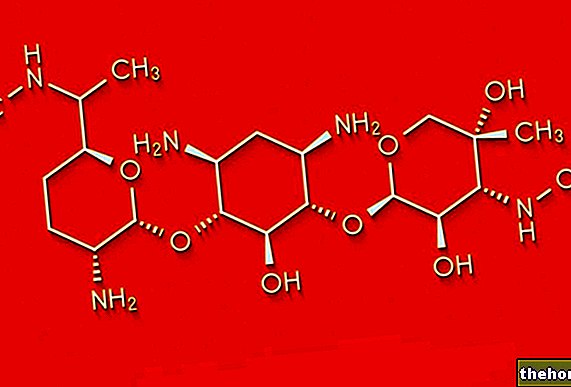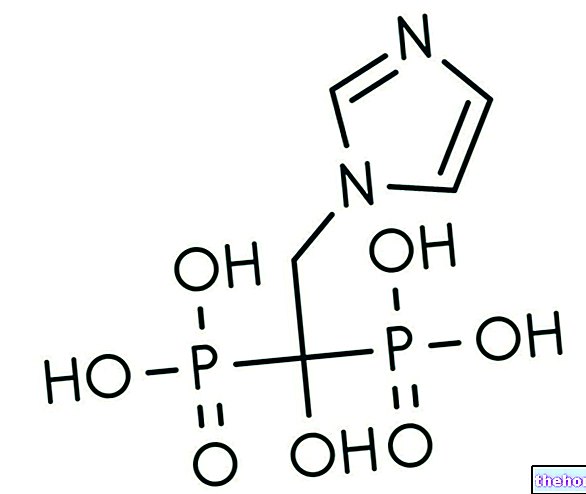
What is HBVAXPRO?
HBVAXPRO is a vaccine available as a suspension for injection in vials and pre-filled syringes. The active substance consists of components of the hepatitis B virus. HBVAXPRO is available in two concentrations (10 and 40 micrograms / ml).
What is HBVAXPRO used for?
HBVAXPRO is used for hepatitis B vaccination of those at risk of exposure to the hepatitis B virus, as established on the basis of official recommendations.
The medicine can only be obtained with a prescription.
How is HBVAXPRO used?
A vaccination course must include at least three injections of HBVAXPRO. The recommended dose for patients up to 15 years of age is 0.5 ml of the lowest concentration (10 micrograms / ml) per injection. For adult patients and adolescents aged 16 years and over, 1 ml of the lower strength should be given per injection. The higher concentration (40 micrograms / ml) is used in patients undergoing or about to undergo dialysis (blood purification technique).
HBVAXPRO is usually given in infants and very young children by injection into the thigh muscle and, in children, adolescents and adults, into the shoulder muscle.
The timing of injections depends on the age of the patient, the condition of the immune system, the response to the vaccine and the likelihood of exposure to the hepatitis B virus. For complete information, see the Summary of Product Characteristics included in the EPAR.
How does HBVAXPRO work?
HBVAXPRO is a vaccine. Vaccines "teach" the immune system (the body's natural defenses) to defend itself against disease. HBVAXPRO contains small amounts of "surface antigens" (proteins found on the surface) of the hepatitis B virus. When a person is vaccinated, his immune system recognizes surface antigens as "foreign" and produces antibodies to fight them. Later, if this person naturally comes into contact with the viruses, their immune system will be able to produce antibodies more quickly. This helps to protect the vaccinated person against hepatitis B virus infection. HBVAXPRO's surface antigens are produced with the so-called "recombinant DNA technology", ie by inserting a gene (DNA) into a yeast which thus becomes in able to produce proteins. The surface antigens are also "adsorbed," meaning they are fixed on components of the aluminum to help induce a better response.
HBVAXPRO was specifically developed from a vaccine already in use in the European Union to eliminate the preservative thiomersal, which contains mercury. Repeated exposure to mercury from sources such as medicines and foods could lead to an accumulation of this substance in organs. . Such accumulation can be dangerous and cause for concern.
How has HBVAXPRO been studied?
Since the active substance in HBVAXPRO was already authorized for use within the EU, no official studies were conducted on HBVAXPRO. The company provided information on comparisons between other vaccines containing or not containing thiomersal, including studies on a vaccine containing the same active ingredient present in HBVAXPRO.
What benefit has HBVAXPRO shown during the studies?
The results of the studies presented showed that the vaccines that do not contain thiomersal allow to obtain, once the vaccination course is completed, a defense against the hepatitis B virus with levels of antibodies similar to those of the vaccines that contain it, among the such as vaccines that contain the same active substance as HBVAXPRO.
What is the risk associated with HBVAXPRO?
The most common side effects with HBVAXPRO (i.e. seen in 1 to 10 out of 100 patients) are injection site reactions, including transient tenderness, erythema (redness) and induration. For the full list of side effects reported with HBVAXPRO, see the package leaflet.
HBVAXPRO should not be used in patients who may be hypersensitive (allergic) to the active substance or to any of the other ingredients or in patients with very high fever.
As with all vaccines, if HBVAXPRO is used in very premature infants, there is a risk of apnea (short pauses in breathing). In this case, breathing should be monitored for up to three days after vaccination.
Why has HBVAXPRO been approved?
The Committee for Medicinal Products for Human Use (CHMP) concluded that eliminating thiomersal from vaccines did not reduce its effectiveness in protecting against hepatitis B virus infection but did reduce its associated risks. Therefore, the Committee decided that the benefits of HBVAXPRO are greater than its risks in active immunization against hepatitis B virus infection caused by all known subtypes in people considered to be at risk of exposure to the virus and recommended the release of the "marketing authorization" for HBVAXPRO.
Other information about HBVAXPRO:
On 27 April 2001 the European Commission granted SANOFI PASTEUR MSD SNC a "marketing authorization" for HBVAXPRO valid throughout the EU. The authorization was renewed on 27 April 2006.
For the full evaluation version (EPAR) of HBVAXPRO click here.
Last update of this summary: 02-2008.
The information on HBVAXPRO-vaccine published on this page may be out of date or incomplete. For a correct use of this information, see the Disclaimer and useful information page.























-nelle-carni-di-maiale.jpg)




